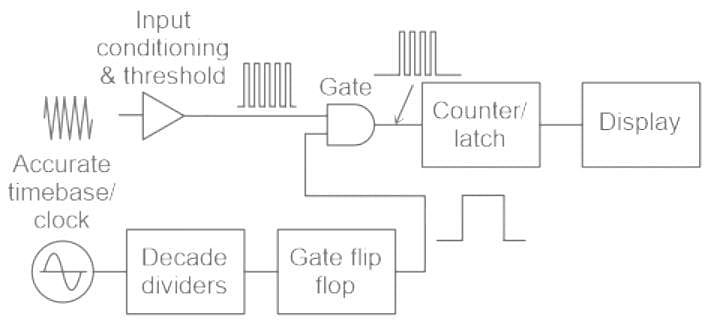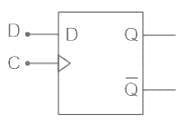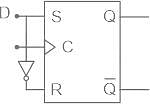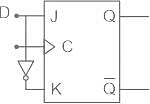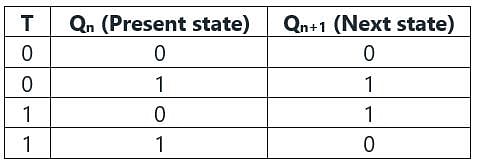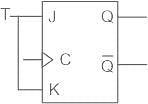Computer Science Engineering (CSE) Exam > Computer Science Engineering (CSE) Tests > GATE Computer Science Engineering(CSE) 2025 Mock Test Series > Test: Digital Logic - 1 - Computer Science Engineering (CSE) MCQ
Test: Digital Logic - 1 - Computer Science Engineering (CSE) MCQ
Test Description
10 Questions MCQ Test GATE Computer Science Engineering(CSE) 2025 Mock Test Series - Test: Digital Logic - 1
Test: Digital Logic - 1 for Computer Science Engineering (CSE) 2024 is part of GATE Computer Science Engineering(CSE) 2025 Mock Test Series preparation. The Test: Digital Logic - 1 questions and answers have been
prepared according to the Computer Science Engineering (CSE) exam syllabus.The Test: Digital Logic - 1 MCQs are made for Computer Science Engineering (CSE) 2024 Exam. Find important
definitions, questions, notes, meanings, examples, exercises, MCQs and online tests for Test: Digital Logic - 1 below.
Solutions of Test: Digital Logic - 1 questions in English are available as part of our GATE Computer Science Engineering(CSE) 2025 Mock Test Series for Computer Science Engineering (CSE) & Test: Digital Logic - 1 solutions in
Hindi for GATE Computer Science Engineering(CSE) 2025 Mock Test Series course. Download more important topics, notes, lectures and mock
test series for Computer Science Engineering (CSE) Exam by signing up for free. Attempt Test: Digital Logic - 1 | 10 questions in 30 minutes | Mock test for Computer Science Engineering (CSE) preparation | Free important questions MCQ to study GATE Computer Science Engineering(CSE) 2025 Mock Test Series for Computer Science Engineering (CSE) Exam | Download free PDF with solutions
Test: Digital Logic - 1 - Question 1
The planet Uranus is approximately 2,896,819,200,000 metres away from the Sun. What is this distance in standard form?
Detailed Solution for Test: Digital Logic - 1 - Question 1
Detailed Solution for Test: Digital Logic - 1 - Question 2
| 1 Crore+ students have signed up on EduRev. Have you? Download the App |
Test: Digital Logic - 1 - Question 3
Which of the following is not a component of frequency counter?
Detailed Solution for Test: Digital Logic - 1 - Question 3
Detailed Solution for Test: Digital Logic - 1 - Question 4
Detailed Solution for Test: Digital Logic - 1 - Question 5
Detailed Solution for Test: Digital Logic - 1 - Question 6
Test: Digital Logic - 1 - Question 7
Which coding scheme is used in computer to represent data internally?
Detailed Solution for Test: Digital Logic - 1 - Question 7
Detailed Solution for Test: Digital Logic - 1 - Question 8
Detailed Solution for Test: Digital Logic - 1 - Question 9
Test: Digital Logic - 1 - Question 10
A register capable of incrementing and/or decrementing its contents.
Detailed Solution for Test: Digital Logic - 1 - Question 10
|
55 docs|215 tests
|
Information about Test: Digital Logic - 1 Page
In this test you can find the Exam questions for Test: Digital Logic - 1 solved & explained in the simplest way possible.
Besides giving Questions and answers for Test: Digital Logic - 1, EduRev gives you an ample number of Online tests for practice
|
55 docs|215 tests
|
Download as PDF


